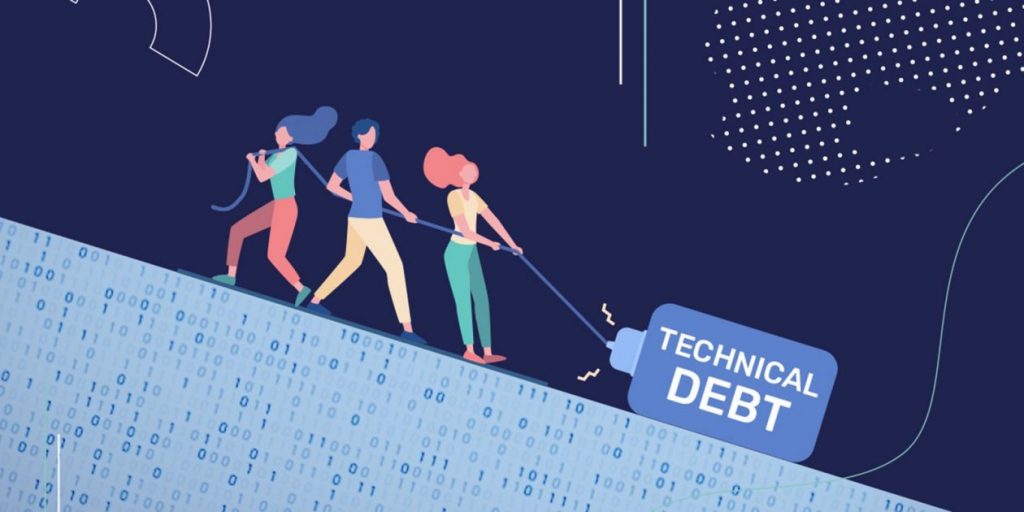Technical debt is the cost of propping up legacy systems when an investment in new technology would deliver a lower cost, lower risk and higher productivity outcome. And, like financial debt, the longer the debt builds up, the more costly it is to rectify.
Technical debt is a systemic issue with organisations in both the private and government sectors frequently relying on old and increasingly unsupported IT systems with outdated pricing structures.
The problem is exacerbated when modernisation programs are commenced, at significant cost, only to be later cancelled and the investment written off.
While technical debt can be hidden, failure due to technical debt inevitably catches the eye of the customer.
At revealr, we frequently see a build-up of technical debt when organisations are resistant to implementing new web-based solutions to the way corporate knowledge is accessed and consumed.
For example, Document Management Systems (DMS) fulfill an important function as secure repositories for the organisation’s important documentation. DMS administrators ensure content is correctly classified.
However, for most users these systems are not intuitive and were never designed for distributing content or document sharing. As a result, users frequently bypass the DMS and copy to – and download documents from – Dropbox, Google drive, their local drive or Teams folders etc. These duplicate copies play havoc with version management.
The legacy debt:
- Cost – Organisations continue to pay licence costs for users who do not use the DMS
- Risk – Staff risk making decisions on superseded content
- Poor productivity – Users waste hours searching for content and continue to download entire documents (when only a few pages are wanted)
- Poor CX – These systems do not offer the experience demanded by today’s customer – web based, mobile optimised, WCAG-accessible and AI enabled.

Reducing Technical Debt
With the advent of Digital Twin for Documents technology, organisations can now restructure their DMS Technical Debt.
Document Creation doesn’t change. With Digital Twin, documents are created, reviewed, approved, classified and stored in the secure DMS in the traditional way.
Document Consumption is transformed. However, when it comes to consumption of content, Digital Twin technology provides a far more powerful, secure and intuitive means to lower cost, minimise risk, and increase productivity while delivering a great CX for staff and consumers.
How the Digital Twin Works
This is achieved through the software’s ability to digitalise the content of the knowledge base at scale and create a web-based copy of the original documents. Every page of each document is automatically mapped to the original in the DMS and a URL for each page created.
Staff now simply access the Digital Twin via a browser and instantly click to the desired page(s). There’s no training, downloads, duplicates, versioning problems or scrolling through long documents. All content is AI enabled, mobile optimised, multi lingual and WCAG-accessible.
Best of all, because users access the Twin, not the DMS, organisations no longer need to purchase hundreds or thousands of user licenses.
With revealr, there’s an immediate dividend when Restructuring your Technical Debt.
